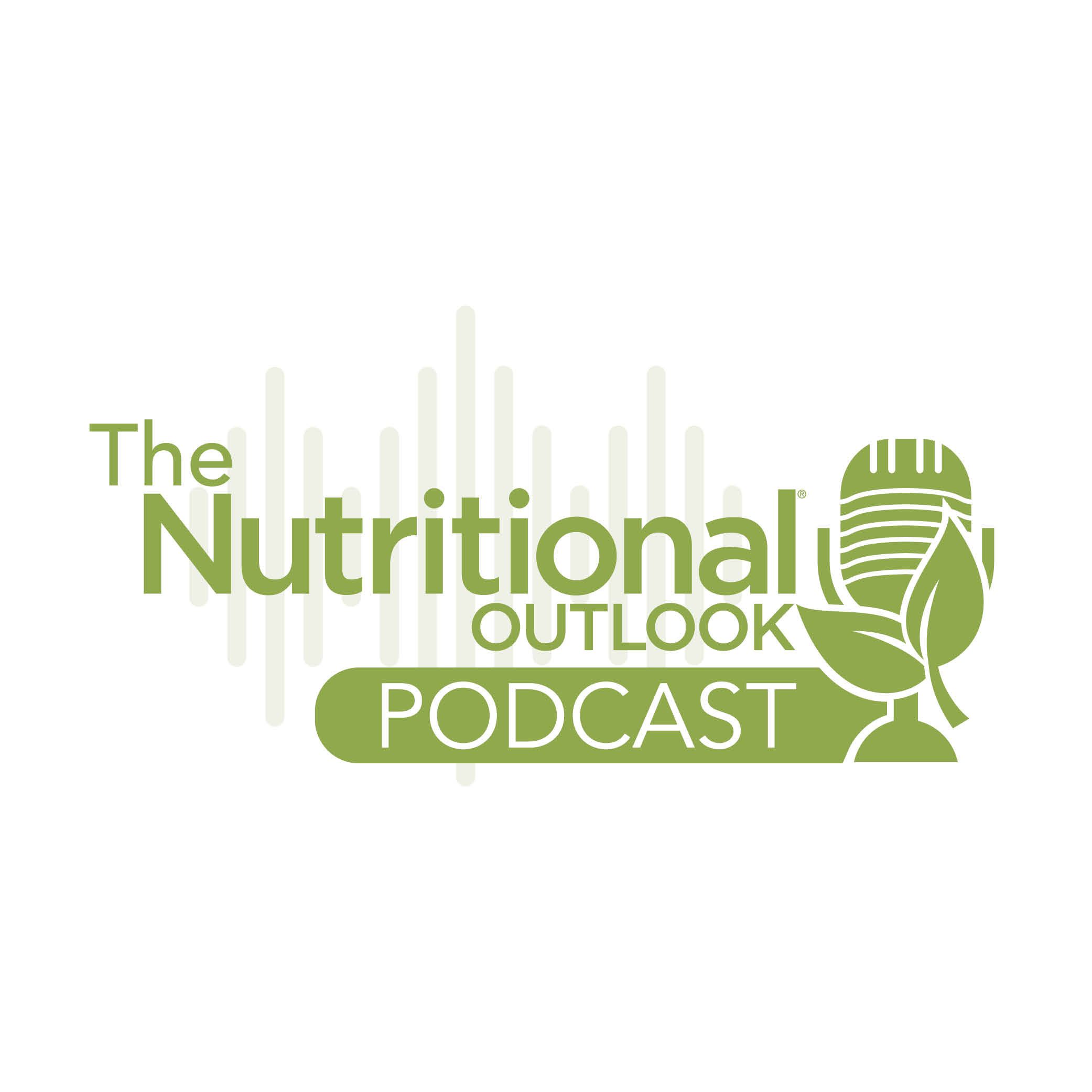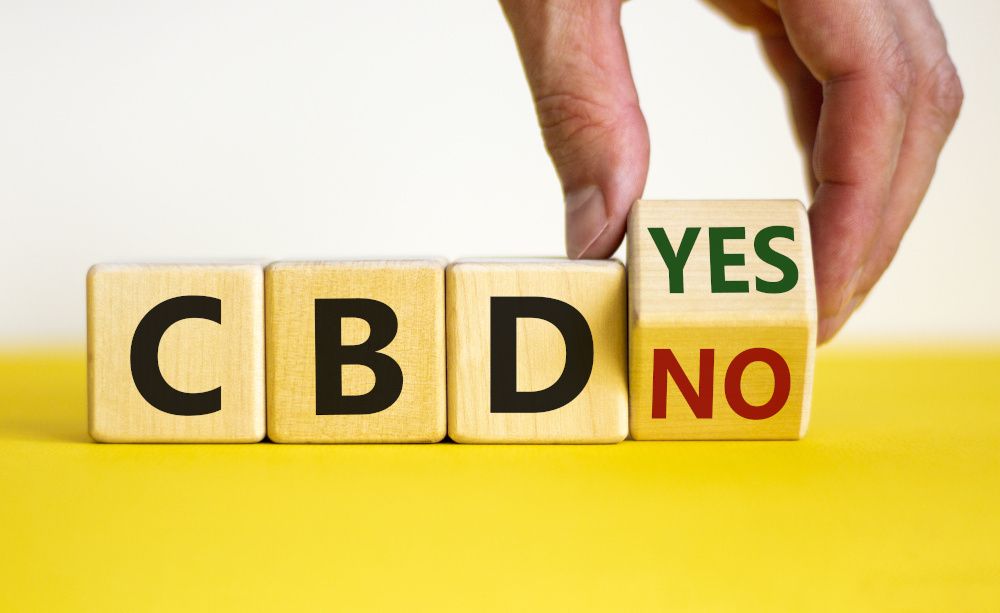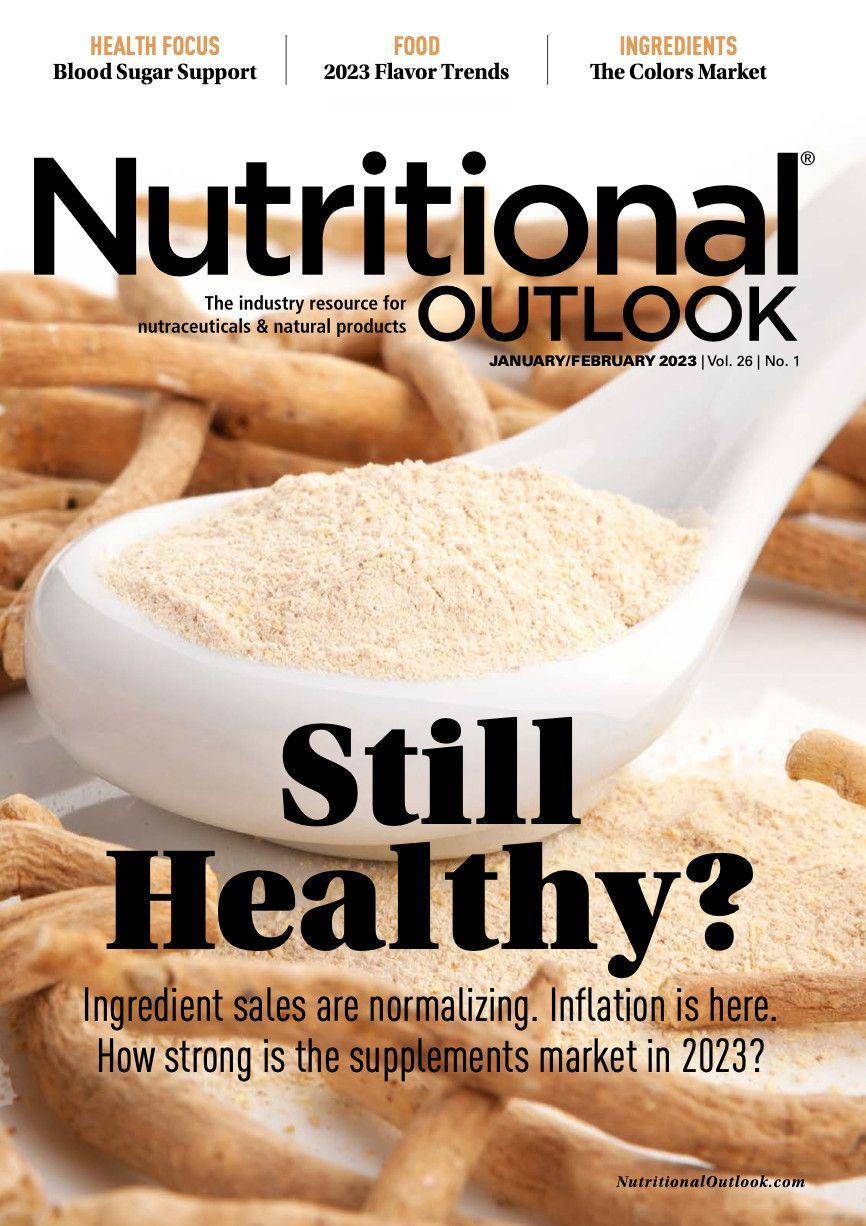Listen Now!

Don’t miss the January episode of The Nutritional Outlook Podcast in which we interview Scott Dicker and Haleigh Resetar of SPINS about all of our editors’ picks for 2023 Ingredients to Watch.
CBD is an established product that is paving the way for other hemp-derived cannabinoids. However, regulation remains a big if for the category.
Cannabidiol (CBD) is here to stay. That seems to be the consensus about the ingredient, which after years of immense growth saw demand screech to a halt when the COVID-19 pandemic broke out. Now that the market has returned to relative normalcy, we can see that CBD is still in demand, and seeing realistic growth. After all, multiple years of triple-digit growth are unsustainable for any ingredient.
According to data from SPINS (Chicago), in 2022 CBD was among the top-25 bestselling ingredients in the U.S. natural supplements channel, with $34 million in sales; however, this amounts to a 15% decline in sales compared to the previous year. Within the pain and inflammation category of the natural channel, CBD saw a 23% decline in sales in 2022 but still remains one of the bestselling ingredients in the category for the channel, ranking above boswellia. CBD also saw an 11% increase in the sleep category and a 6% increase in the mood-support category of the natural channel in 2022. In the U.S. mainstream supplements channel, CBD saw 40% growth in the sleep category, with just over $2 million in sales.
Clearly, there is still a need for CBD in the market, and consumers are buying CBD products. On top of that, the hemp-derived-cannabinoid market, of which CBD is a leader, is growing to accommodate emerging cannabinoids derived from hemp. These are often referred to as minor cannabinoids because they occur naturally in hemp, but in much smaller quantities compared to CBD.
“In terms of the interest, I do think that CBD opened the doors in many ways for some other hemp-derived products,” says Haleigh Resetar, corporate communications specialist for SPINS. “Products containing hemp have grown in categories such as body care, pet, and beverage, apart from just things that are containing CBD, and I do think we can expect to see more products utilizing hemp.”

Don’t miss the January episode of The Nutritional Outlook Podcast in which we interview Scott Dicker and Haleigh Resetar of SPINS about all of our editors’ picks for 2023 Ingredients to Watch.
While CBD continues to perform, and the hemp-derived-cannabinoid space grows, these products still make some manufacturers and retailers nervous because their legal status remains up for debate. CBD, for example, cannot lawfully be a dietary ingredient, according to FDA, because it has already been studied and approved for use as a drug. This means it falls under the drug preclusion clause of the Federal Food, Drug, and Cosmetic Act (FD&C Act). It’s unclear whether other cannabinoids fall under drug preclusion because pharmaceutical companies do not have to publicly disclose investigational new drugs.
The good thing is that FDA has been exercising enforcement discretion on CBD and cannabinoid products, meaning that as long as you are not making any illegal claims, the agency is unlikely to target you. However, FDA continues to send companies warning letters when they see fit. Most recently, FDA sent warning letters to companies selling food and beverage products containing CBD. In the warning letter, FDA stated that it was not “aware of any basis to conclude that CBD is GRAS for use in conventional foods.”
This is likely frustrating for some brands who went out of their way to do toxicology testing and achieve an independent conclusion of GRAS (Generally Recognized as Safe) so that their ingredient can be used in food and beverage products. John Endres, ND, chief scientific officer at AIBMR Life Sciences (Seattle, WA), a scientific and regulatory consultant that has evaluated the safety of a CV Sciences extract for an independent conclusion of GRAS, takes umbrage with the idea that there is no evidence for the safe consumption of CBD products.
“There were five [toxicological] studies that we did,” explains Endres. “They’re the same five tox studies that we do any time there is a novel ingredient for which there are no tox studies. [The results were] published, as required for GRAS, in the public domain, and AIBMR has a perfect track record, getting no questions for the not-required-by-law notification for GRAS to the FDA.”
Companies are not required by law to notify FDA of GRAS conclusions, and while CV Sciences did not report its conclusion to FDA, the extract was held to the same high standards of any ingredient AIBMR investigates, and the results were made public for all to see. Therefore, to say there is no evidence of safety is inaccurate in Endres’s opinion. In fact, other brands like Charlotte’s Web and HempFusion have gotten their own independent conclusions of GRAS, and Validcare (Denver, CO) has conducted two safety studies that determined there was no evidence of liver toxicity after 30 days of consumption of hemp-derived-CBD products.1 These results were shared with FDA.2
When Charlotte’s Web and Irwin Naturals submitted new dietary ingredient notifications to FDA in 2021 for their hemp-derived-CBD products, the agency not only cited drug preclusion but also a lack of adequate safety evidence. So, there’s a pattern here.
Does that mean the companies that spent the money on independent GRAS conclusions did so for naught? Not quite.
“It is important to note that the general recognition of safety doesn’t mean that 100% of all experts must agree,” explains Ashish Talati, partner, Amin Talati Wasserman LLP. “There can certainly be difference in opinion as long as the majority of the qualified experts in the field believe it is safe. Also, FDA has not taken any further action, and CBD has been widely consumed for several years now. If there was a big safety issue then I believe FDA would have reacted differently.”
It can be discouraging, but this statement by FDA should not necessarily prevent companies from seeking an independent GRAS conclusion. “I believe that companies that have invested in the safety studies and completed self-GRAS are better prepared for any future regulatory requirements and will have a head start compared to their competitors,” says Talati.
“As a company you would be foolish to think you don’t need to do anything,” adds Endres. “Don’t just sit around and do nothing. Start to investigate the safety, because it’s typical that the industry is way ahead of the government. The government’s always lagging behind, and that’s what’s happening.”
Head start for what? Well, the fact is that FDA or Congress must do something about CBD and other cannabinoids. The market has matured to the point where FDA is unable to take any meaningful enforcement actions against sellers. State patchworks attempt to regulate these products, but the regulatory environment remains messy. Even states that have legalized cannabis don’t know what to do with hemp-derived CBD and other cannabinoids.
“I believe FDA has realized that they have waited on the sidelines for a little too long. As it was recently reported [by The Wall Street Journal], FDA is planning to make recommendations on how to regulate CBD in food and supplements. We believe that will happen sometime this year,” says Talati. “It’s a mess. In some states, recreational cannabis products are widely available, but supplements are still not officially legal due to FDA’s position.”

FDA concludes that CBD needs its own regulatory pathway separate from dietary supplements and food.
What the regulatory road will look like is unclear, but FDA recently concluded that CBD needs a new regulatory pathway and that the existing framework for food and supplements is not appropriate. Once again, the agency cited its concerns about safety of long-term use and the need for additional safeguards such as CBD content limits and a minimum purchase age to mitigate risk of CBD ingestion by children.3 This means that recently introduced legislation designed to revise the FD&C Act to exempt CBD and other hemp-derived cannabinoids from the drug preclusion clause may no longer be possible based on new recommendations from FDA. (Read more here.)
So, the lack of regulatory clarity continues, but we are seeing a clearer picture of what to expect from FDA and Congress as to how they will approach CBD and other cannabinoids. What does this mean for manufacturers? Well, swim at your own risk. FDA hasn’t done anything particularly meaningful about CBD products on the market for years, but that may change once a regulatory pathway is devised. However, this process in and of itself may take years, so the market will likely continue to grow. What is clear, however, is that responsible industry should continue to manufacture consistent, safe products that don’t make illegal claims. Additionally, research on the efficacy and safety of hemp-derived CBD and other cannabinoids should continue to establish evidence of safe use and provide FDA with as little ammunition as possible to impose burdensome restrictions on this category in the future.
References

From ingredient science to consumer trends, get the intel you need to stay competitive in the nutrition space—subscribe now to Nutritional Outlook.
Radicle Science has launched Radicle Discovery Gen 2
July 22nd 2025Radicle Science announced the launch of the latest version of its proof-as-a-service platform, Radicle Discovery Gen 2, which combines rigorous clinical trials, AI, data, and crowdsourcing to validate the effects of natural products across diverse populations.